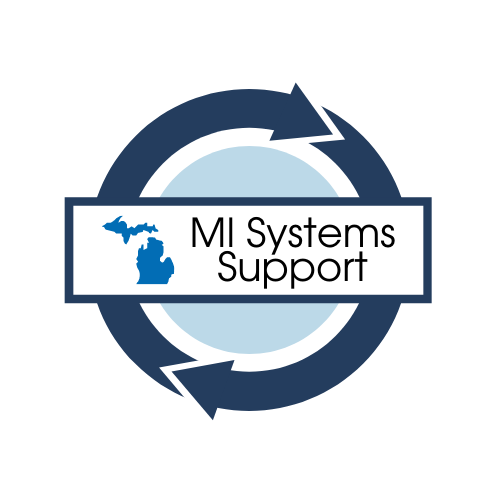Effective Communication Resources
Best Practices for District Communication with Stakeholders
Summary
To maximize the effectiveness of decision-making, educational leaders should involve students, families, staff, and community members in the decision-making process—whenever possible—while being transparent about the rationale and process behind any decision. Research indicates that such stakeholder involvement helps them (stakeholders) “understand a decision better and be more committed to making it work” (Brazer & Keller, 2006, as cited in Hanover Research, 2018). To support districts in increasing transparency in communication and decision-making, Hanover synthesizes information from secondary literature in the brief.
-
District leadership teams might use this research brief in order to determine whether the district is effectively communicating with their stakeholders. This might be used as prereading to help focus collaborative discussions on the various strategies and best practices relating to decision-making and effective communication. Another option would be to read the research brief during the meeting using one of the Jigsaw strategies provided in the Jigsaw protocol and dividing the brief into six sections to include:
• Effectively involving stakeholders in decision-making
• Teacher participation in decision-making
• Parent participation in decision-making
• Increasing transparency in communication with stakeholders
• Communication with teachers and school staff
• Communication between teachers and parents
Additionally, after reading the research brief, consider utilizing a debriefing protocol [such as the Chalk Talk protocol] for the leadership team to reflect upon and identify priorities/next steps regarding the information presented in the brief.
-
Hanover Research. (2018). Best practices for district communication with stakeholders. (Research Priority Brief).
Ongoing Communcation Reflection Tool
Summary
The Ongoing Communication Reflection Tool is a powerful way to reflect on your individual practice as an educator in building trusting relationships and strong partnerships with all families.
-
This tool is designed for any educator that has direct access to students and their families. The tool allows educators to reflect on the quality of their relationships with their students’ families, plan next steps for ongoing communication efforts, and assess the equity of their communication and relationships with students’ families. District and building levels might choose to adapt the ongoing communication reflection tool to target specifically identified students and families.
-
The Reflection Tool has an action plan template embedded.
© 2021 Flamboyan Foundation; www.FlamboyanFoundation.org
Essentials of Strategic Communication
Summary
How do I send my message clearly when put on the spot? How can I easily convey complex information? How do I manage my reputation? Whether you’re giving feedback or presenting in a meeting, communication is critical to success.
In his class Essentials of Strategic Communication, lecturer Matt Abrahams teaches the structures that can help you become a more effective and confident communicator. In this 6 minute video, he shares five key takeaways from the class.
-
As stated in the video, “Communication is critical to your success.” District, building, and teacher leadership teams might choose to individually complete the reflection guide and then collaborative view the video in order to delve into five key takeaways in terms of the essentials of strategic communication.
-
Stanford Graduate School of Business. (2022, December 16). Class takeaways - Essentials of strategic communication. [Video]. YouTube. https://www.youtube.com/watch?v=MfqPp37KGBQ
